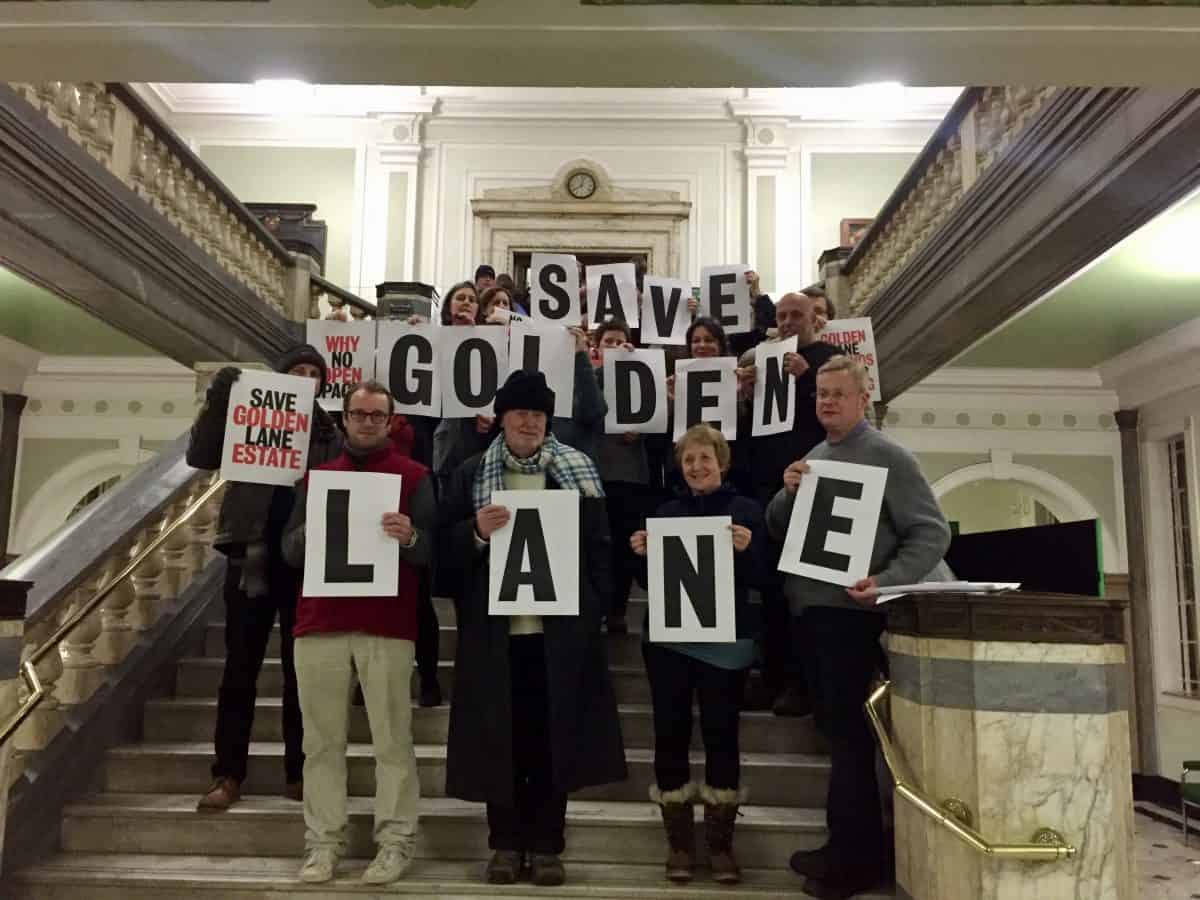London’s most famous example of brutalist architecture has won special protection from future developments.
Residents of the Grade-II and Grade II* listed Barbican and Golden Lane estates have won their bid for their iconic homes to be afforded conservation status.
They were deemed to have special character due to their significance in London’s housing history.
The decision comes amid renewed global interest in previously maligned modular modernist and brutalist architectural styles that flourished in the postwar period.
The City of London Corporation’s planning committee was unanimous in approving two new conservation areas to protect the estates at a meeting on 8 October, following pressure from residents’ associations.
A residents’ petition had raised concerns that an increasing number of developments in the area were encroaching upon the setting of the notable housing estates, which were both built to house inner city residents after much of the Cripplegate Ward was flattened during the Blitz.
Today the Barbican is home to nearly 4,000 residents, in its sprawling estate and distinctive tower blocks, and also houses the Guildhall School of Music & Drama, the Barbican Arts Centre and library, and the City of London Girls’ School.
The Barbican is considered a leading example of British brutalism. Commonly associated with concrete municipal buildings around the world, the style is experiencing a revival.
Conservation areas are used by local authorities to preserve and enhance areas of historical or architectural interest, and they heighten the public interest threshold for new developments and demolitions in their surrounds.
The scheme also protects the 1950s-era modernist Golden Lane Estate, which spearheaded the push for conservation status, and is regarded as an early model of modern council housing.

The proposal drew support from Historic England, and fielded 163 responses during the public consultation period which ended this February, resulting in the Barbican Wildlife Garden being included in the final plan.
The conservation area will envelope the Barbican Estate, Golden Lane Estate, the Barbican Registered Park & Garden, the Barbican Wildlife Garden, Bridgewater Square and the London Wall scheduled ancient monument west and north of Monkwell Square.
Cripplegate ward councillor Mark Bostock proposed that the whole area covering both “iconic” estates, including the Jewin Welsh Church and ’50s office building 45 Beech Street, should be added into the conservation area, seconded by Cllr Barbara Newman.
However, it did not pass the vote. Golden Lane Estate Residents’ Association chairman Tim Godsmark said the boundaries had not extended as far as he had hoped, such as including the church and Museum of London.
However, he welcomed the decision, saying Golden Lane captured the early attitudes to social housing in London. “It is supposed to be an example of what housing estates could be. It’s got the swimming pools, tennis courts, lots of landscaping features… back then the landscaping was considered to be just as important as the houses themselves.
“Conservation areas are not just about preserving history, they are about preserving areas with a particular character or setting that is worth preserving.”
Cover image by Riodamascus (Creative Commons).







